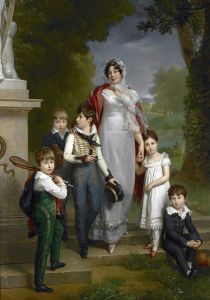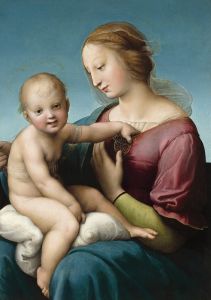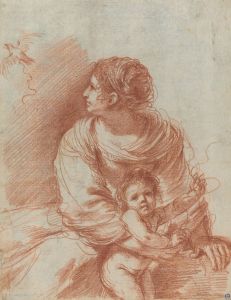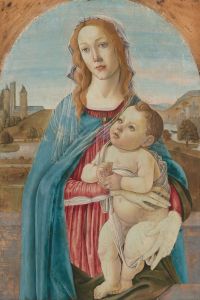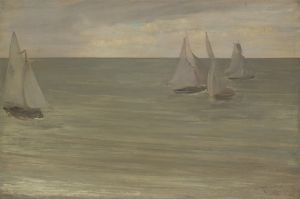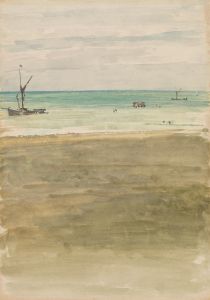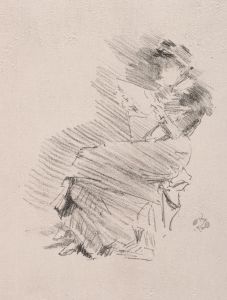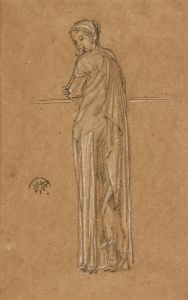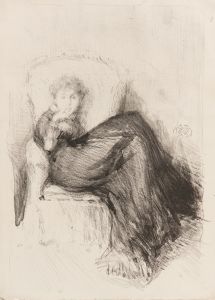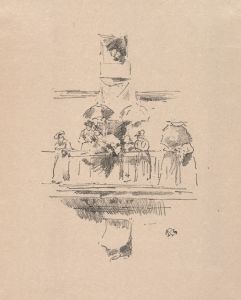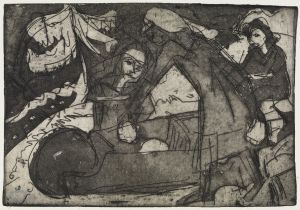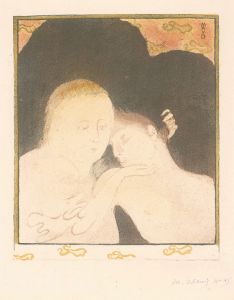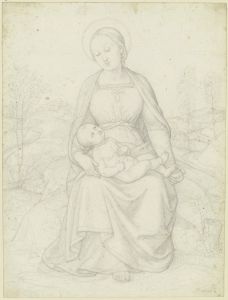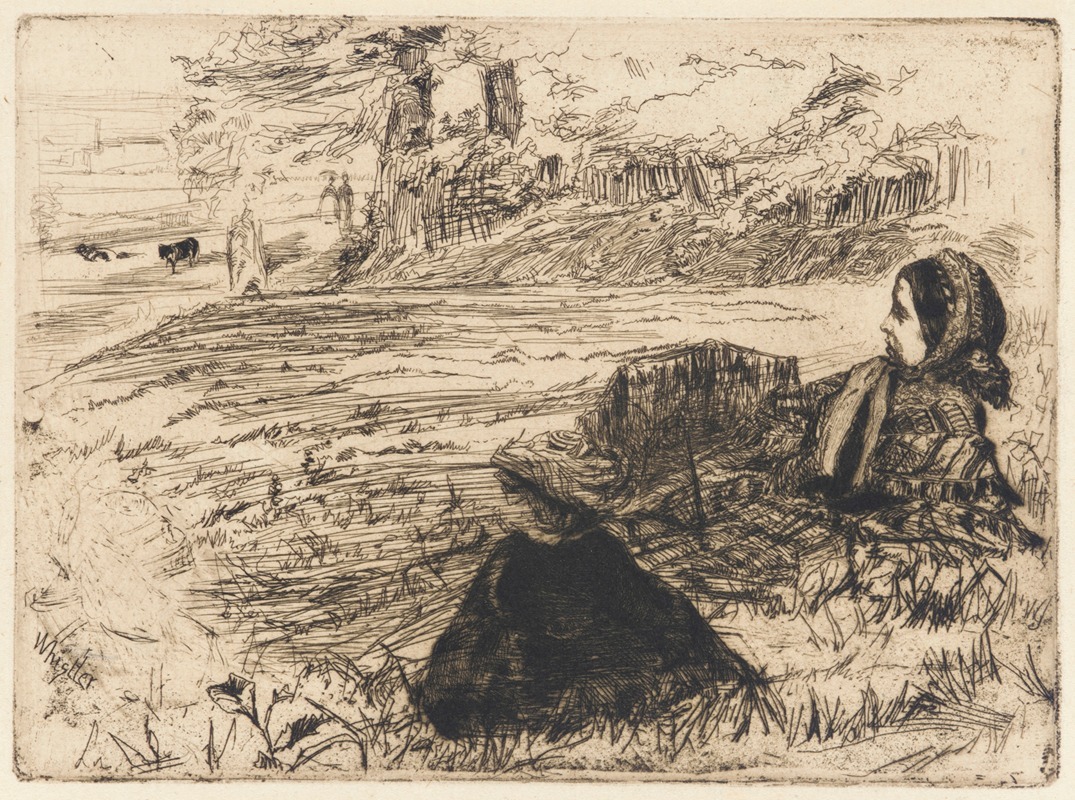
Nursemaid and Child
A hand-painted replica of James Abbott McNeill Whistler’s masterpiece Nursemaid and Child, meticulously crafted by professional artists to capture the true essence of the original. Each piece is created with museum-quality canvas and rare mineral pigments, carefully painted by experienced artists with delicate brushstrokes and rich, layered colors to perfectly recreate the texture of the original artwork. Unlike machine-printed reproductions, this hand-painted version brings the painting to life, infused with the artist’s emotions and skill in every stroke. Whether for personal collection or home decoration, it instantly elevates the artistic atmosphere of any space.
James Abbott McNeill Whistler, an influential American artist, is renowned for his contributions to the art world during the late 19th century. Among his diverse body of work, "Nursemaid and Child" is one of the paintings that exemplifies his unique style and approach to portraiture and genre scenes. Whistler's work is often characterized by its subtle tonal variations and emphasis on mood over detailed representation, and "Nursemaid and Child" is no exception.
"Nursemaid and Child" was created during a period when Whistler was deeply engaged with the artistic movements of his time, particularly the Aesthetic Movement, which emphasized beauty and visual harmony over narrative content. This painting reflects Whistler's interest in capturing the essence of his subjects through a harmonious arrangement of color and form, rather than focusing on intricate details or storytelling.
The painting depicts a domestic scene, featuring a nursemaid and a child, which was a common subject in Victorian art. However, Whistler's approach is distinct in its simplicity and focus on the atmospheric qualities of the scene. The composition is carefully balanced, with the figures positioned in a way that draws the viewer's eye across the canvas. Whistler's use of a limited color palette and soft brushwork creates a sense of tranquility and intimacy, inviting the viewer to contemplate the relationship between the figures.
Whistler's technique in "Nursemaid and Child" demonstrates his mastery of tonal harmony. He often employed a method of painting that involved layering thin washes of color to achieve a luminous effect, a technique that is evident in this work. The subtle gradations of tone and the delicate interplay of light and shadow contribute to the painting's overall sense of calm and introspection.
This painting also reflects Whistler's broader artistic philosophy, which he famously articulated in his "Ten O'Clock Lecture." In this lecture, Whistler argued that art should stand apart from moral or didactic purposes, existing solely for its own sake. "Nursemaid and Child" embodies this principle, as it does not seek to convey a specific story or moral lesson, but rather to evoke an emotional response through its aesthetic qualities.
Whistler's influence on the art world was significant, and his works, including "Nursemaid and Child," continue to be studied and admired for their innovative approach to composition and color. His emphasis on mood and atmosphere over narrative content paved the way for future artistic movements, such as Impressionism and Symbolism, which similarly prioritized the sensory experience of art.
While "Nursemaid and Child" may not be as widely recognized as some of Whistler's other works, such as "Arrangement in Grey and Black No. 1" (commonly known as "Whistler's Mother"), it remains an important example of his artistic vision and contribution to the development of modern art. The painting is a testament to Whistler's ability to capture the quiet beauty of everyday life, transforming a simple domestic scene into a work of art that resonates with viewers on an emotional level.





